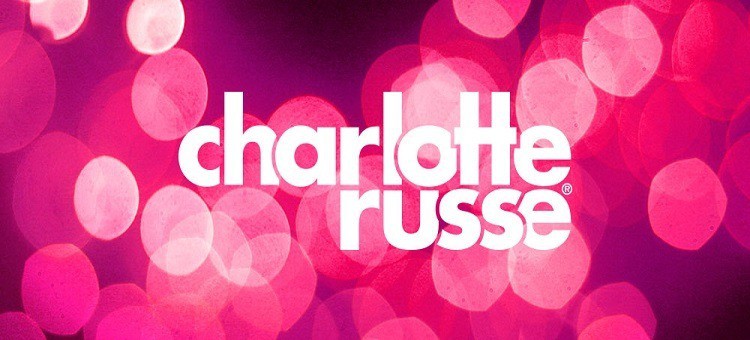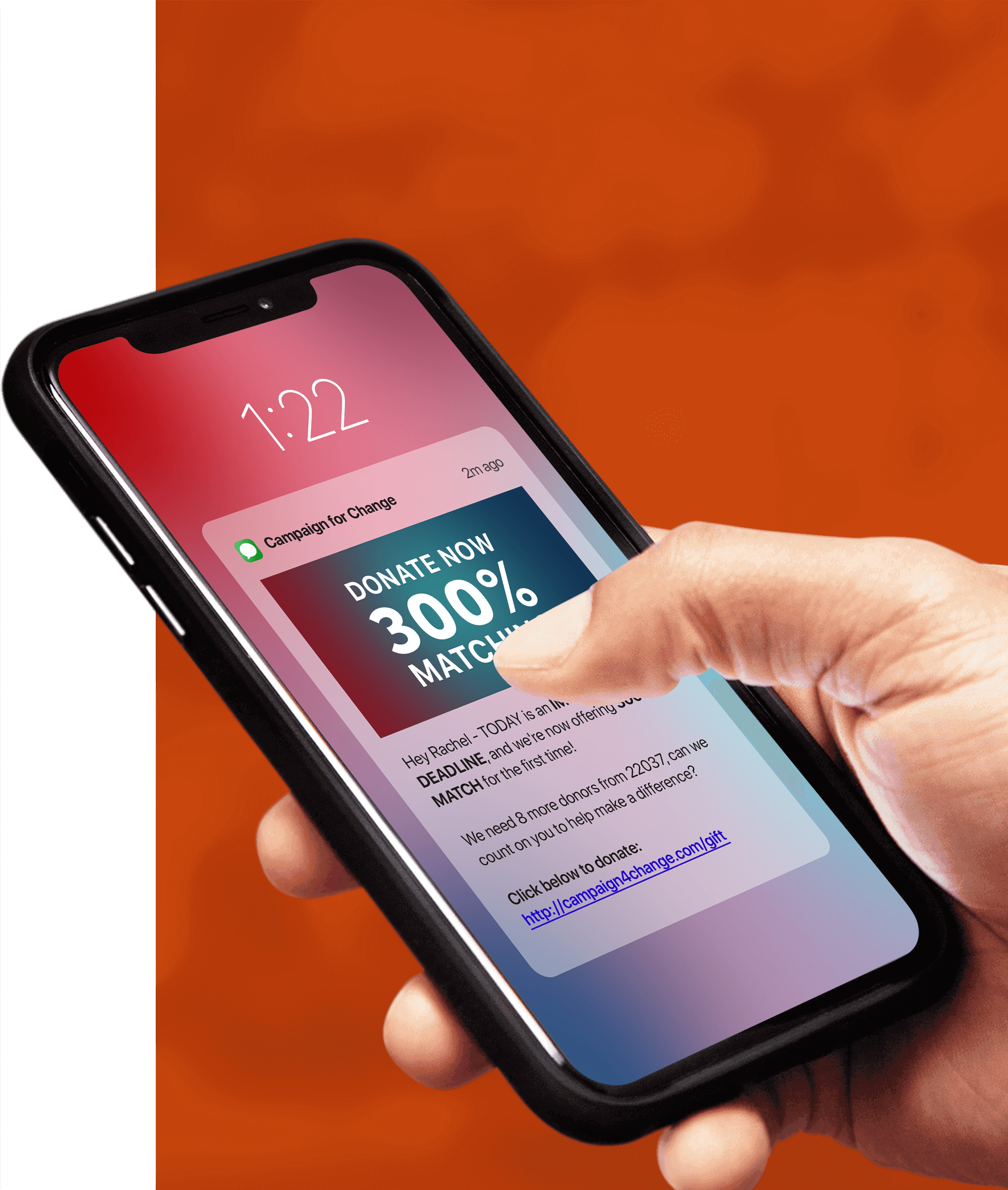In a recent HipCricket survey, it was found that 57% of consumers said they would be interested in opting in to a brand’s SMS loyalty program. Does your business have its own SMS loyalty program? If not, there are 10 key things you want to know before creating your own SMS loyalty program.
1) Always get your customers’ permission to text message them.
The first thing to know about starting any SMS loyalty program is that each and every customer must opt-in to receive your text messages. There is often a lot of confusion about what counts as an opt-in, so to avoid a costly SMS spam lawsuit, always remember one rule. Always have your customers join your SMS loyalty program directly from their own phones by using an SMS keyword and short code. Another good reason to have every customer opt-in to your SMS loyalty program is that sending text messages isn’t free. With any SMS loyalty program you will be paying per message, so you want to focus your messaging efforts on the customers that actually want to receive them.
2) Figure out how often you want to text message your customers.
One of the most frequent questions I receive from businesses after they launch their SMS loyalty program is how often should I text message my customers. To make this decision, you want to ask yourself two questions: 1) how often could my customers buy what I’m selling? and 2) is what I’m sending them valuable enough?
If you’re customers only realistically can buy every month, than you don’t want to send them text messages every week. If they buy weekly, you don’t want to text message them text messages daily, etc. Try to space out your text messages according to your customers buying habits.
When it comes to determining if your text messages are valuable enough, I use a simple test called the “quarter test”. Before you send a text message, ask yourself if customers were forced to pay a quarter to receive your text message, is there enough value in the message to make the customer want to continue to receive your text messages. For a more in-depth analysis of these concept, see our video lesson on how often should text campaigns be sent.
3) Always use a short code when sending customers text messages.
When selecting a provider for your SMS loyalty program, always make sure that your text messages are being delivered to your customers via short code. What’s a short code? A short code is a 5-6 digit phone number, that is approved by the mobile phone carriers for marketing and advertising purposes. Recently there have been a lot of short code immitations poping up such as SMTP messaging or SMS long codes, but you want to avoid these as they aren’t approved by the mobile phone carriers.
4) Follow the Mobile Marketing Association’s U.S. Consumer Best Practices
If you have time to review the 165 page Mobile Marketing Association’s U.S. Consumer Best Practices, go for it. If you would rather be diving, pick a reputable SMS provider like Tatango.com and our software will make sure you are following all the rules at every step during your SMS loyalty program.
5) Give your customer incentive to join your SMS loyalty program.
Customers don’t want to just give your business their mobile phone numbers, there has to be a reason. When advertising your new SMS loyalty program, make sure the reason is very clear. i.e. Give us your mobile phone number and we’ll send you monthly exclusive offers. For more tips on what to include when advertising your SMS loyalty program, see our video lesson on SMS loyalty program best practices for advertising.
6) Focus on repeat customers, not new customers.
An SMS loyalty program is about loyalty, not new customers. The goal with any SMS loyalty program is to bring your customers in more often, and have them spend more than they normal would. Think about how much money can be made from your current customers if they come to your shop more often and spend more money!
7) Advertise your new SMS loyalty program everywhere.
While a simple advertisement at your cash register will work, you will not be able to realize the full potential of your SMS loyalty program unless you advertise it everywhere. What do I mean by everywhere? Think about all the places your customers eyes are, Facebook, Twitter, print media, email, stickers, dive tanks, etc., so simply advertise your new SMS loyalty program there. The more customers phone numbers you collect for your SMS loyalty program, the better results you will see.
8) Do your homework when selecting an SMS loyalty program.
Any SMS loyalty program can send text messages, that’s the easy part. What you want to look for in an SMS loyalty program is a company that will pick up the phone when you call, a product backed by a team of SMS experts and a company that complies to carrier, Mobile Marketing Association and CTIA guidelines. These three things are very hard to find, which is why I definitely suggest you do your homework before selecting a provider for your SMS loyalty program.
9) Text messages aren’t limited to plain old text.
Did you know that text message advertisements don’t have to be just plain text? Mix things up and put your businesses phone number in text messages, or even a URL to your website, blog, Facebook, Twitter, etc. A word of caution though, only 40% of consumers have a smartphone and will be able to access that URL you sent them via text message. For more information, see our video lesson on incorporating links and phone numbers in SMS loyalty program.
10) Always track, measure and improve your SMS marketing campaign.
With any marketing effort, you want to track and measure your results, this is no different than with an SMS loyalty program. The three most important things to track are subscriber growth, redemption rates (what percentage of your subscribers redeem your offers) and the churn rate (how many customers leave your SMS loyalty program each month). By measuring these key metrics, you will be able to adjust your SMS loyalty program to be more successful than the month before.

